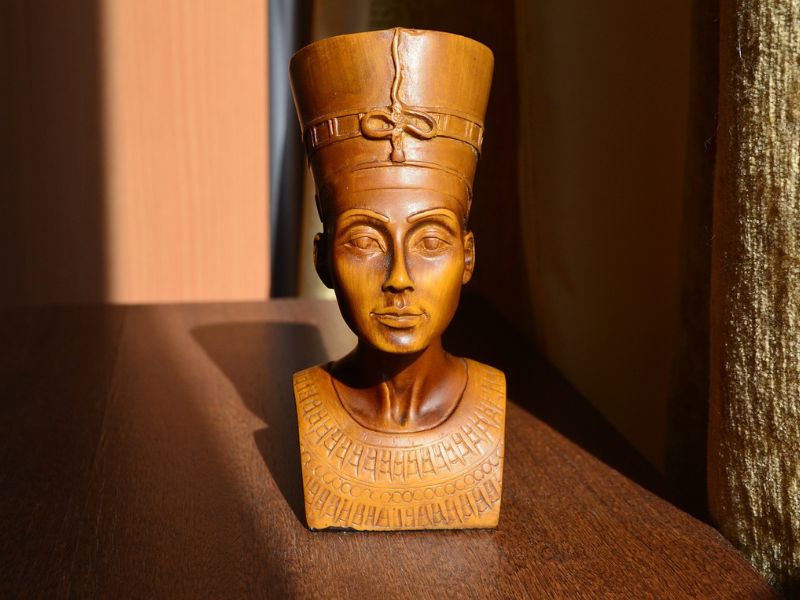Nefertiti and the Legacy
of Beauty Standards
By Dr. Andrés Pérez Nieto.
Modern beauty standards are deeply rooted in ancient civilizations, with the bust of Nefertiti standing as one of the most iconic examples of this legacy. Nefertiti, the renowned Egyptian queen and wife of Pharaoh Akhenaten, ruled over 3,000 years ago and remains a symbol of elegance and aesthetic perfection.
Discovered almost intact in 1912 by German archaeologists, the bust of Nefertiti is one of the most celebrated artifacts housed in Berlin’s Pergamon Museum. Its magnificence has inspired beauty ideals for centuries, continuing to shape contemporary aesthetic standards.
Key Features of Nefertiti’s Bust Influencing Modern Beauty Standards
- Facial symmetry and proportions: A stylized and harmonious face remains the gold standard in modern aesthetics.
- Smooth and youthful skin: Symbolizes vitality and youthfulness, highly valued in today’s beauty ideals.
- Delicate makeup: Subtly enhances facial contours, highlighting natural beauty.
- Almond-shaped eyes: Attractive and expressive, they remain a sought-after feature in aesthetic procedures.
- Defined cheekbones and chin: A well-projected facial structure conveys elegance and strength.
- Straight and proportional nose: Brings balance and sophistication to the facial profile.
- Long, well-angled neck: Enhances the overall aesthetics of the face and exudes grace.
- Well-defined lips with appropriate volume: Create a balanced and attractive facial profile.
The bust of Nefertiti is more than an artifact; it is a timeless representation of beauty ideals that transcend eras. Despite advancements in aesthetic techniques, the traits epitomized by this masterpiece remain benchmarks for modern beauty practices.

